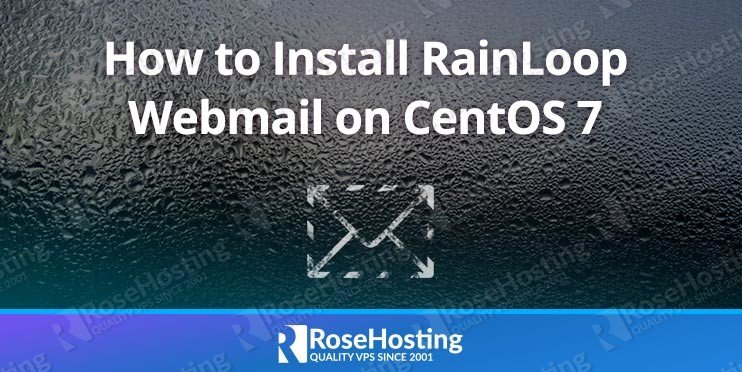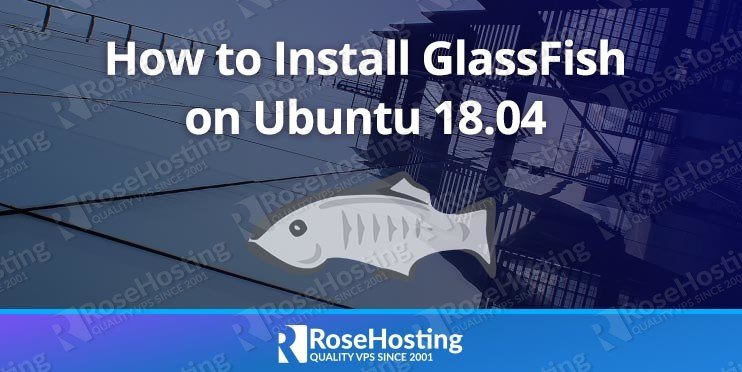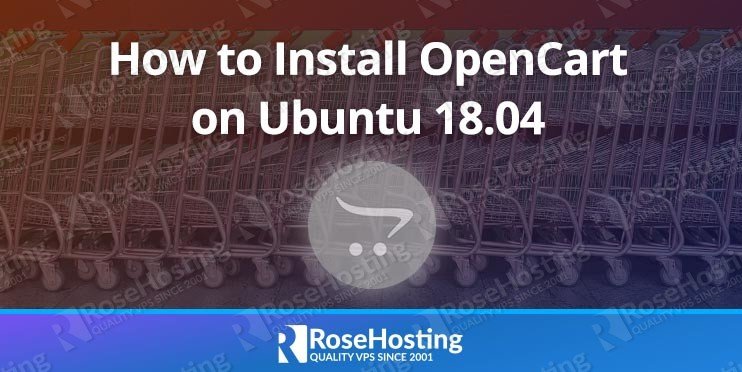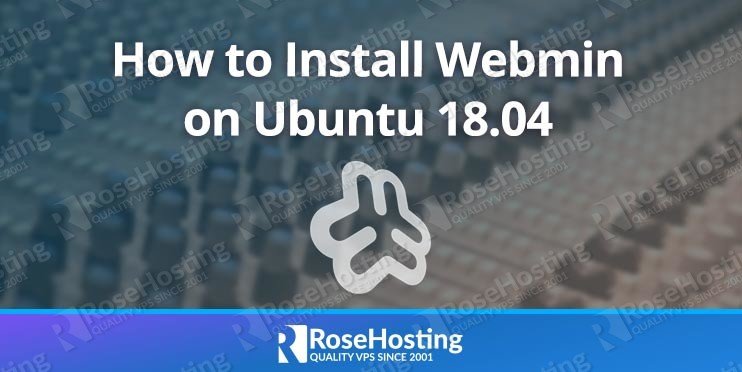In the following tutorial, we’re going to go through the process of installing and configuring a simple DNS (BIND) server on your Debian 9 VPS. This will allow you to host/manage the DNS records for your domain/s.
Before we proceed with the setup process, let’s first talk about what the Domain Name System (DNS) is, as well as what a DNS server is.
The Domain Name System (DNS) is technology that resolves the domain names/hostnames to IP addresses so that we can easily access the services using domain names instead of using IP addresses. For example, if you wanted to visit a website through its IP address, you’d have to enter a specific IP in the web browser’s address bar. But with the DNS, you can simply type “your_domain.com” to get there much more quickly. It’s easier to remember, and it’s more user-friendly. That’s why people consider the DNS as “the phonebook of the Internet”. Nobody wants to remember an IP, but everyone can and does remember a domain name. A Domain Name System uses DNS servers for its functionality, so a DNS server is any authoritative DNS host registered to join the Domain Name System (DNS).






 and includes many built-in features, such as handling blogs, using XHTML syntax for entries, adding pages, and so on. It also supports several database types, such as MySQL, PostgreSQL, and SQLite. In this tutorial, we will show you how to install Dotclear on an
and includes many built-in features, such as handling blogs, using XHTML syntax for entries, adding pages, and so on. It also supports several database types, such as MySQL, PostgreSQL, and SQLite. In this tutorial, we will show you how to install Dotclear on an 

